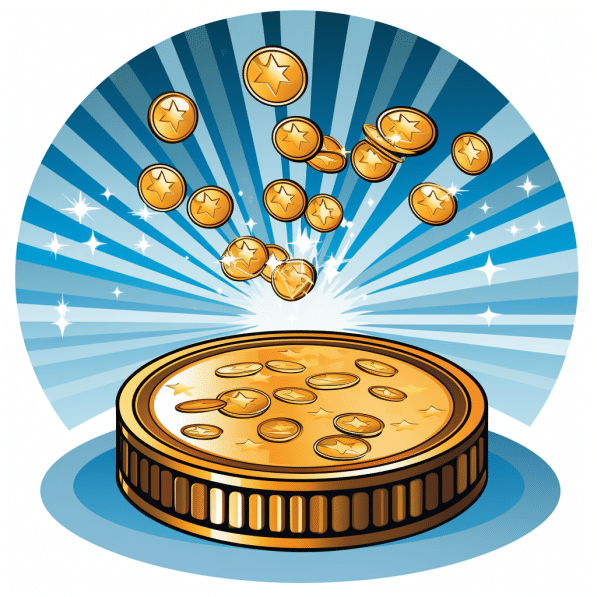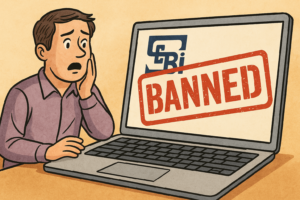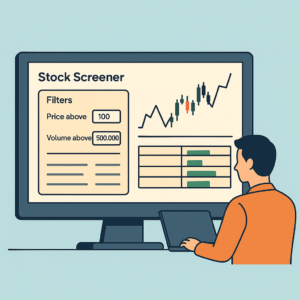Delving deeper into the world of probability, we come across the age-old question: Does a coin flip really have a 50-50 probability of landing heads or tails?
In the bustling world of business, media, trends, and market shifts, one might wonder how a coin flip can hold any relevance. After all, the media and entrepreneurial landscape is an arena of calculated risks and strategies, not sheer luck. Or is it?
The concept of a 50-50 chance is often bandied about in boardrooms, decision-making sessions, and even while making personal life choices. It’s symbolic of uncertainty, the unknown, and life’s unpredictability. When media moguls decide to launch a new venture or content creators design their next viral sensation, they’re essentially flipping a coin, hoping it lands in their favor.
But is it truly a game of equal odds? In our day-to-day life, we encounter numerous situations that challenge our understanding of probability. From the weather forecast to the stock market’s ups and downs, the concept of chance is intricately woven into our decisions and perspectives. The coin flip, in its simple elegance, becomes a symbolic representation of this vast and complex tapestry.
Many philosophers, mathematicians, and even physicists have ruminated over the nature of randomness and chance. For most of us, a coin flip might be the most tangible representation of these ideas. Thus, by exploring the true nature of a coin flip, we’re not just satisfying a scientific curiosity but also delving deeper into the very essence of decision-making, risk-taking, and the universe’s unpredictability.
In this article, we’ll journey through the intricacies of probability, physics, and human psychology to discern if a coin flip indeed offers a straight split of outcomes. To our fellow curious souls, brace yourselves for an expedition that merges the empirical with the existential.
About Coin Flip Probability
For centuries, the coin flip has been the go-to method for settling disputes, making decisions, or simply killing time. But let’s begin by understanding the physical dynamics at play.
- The Physics Behind the Flip: Every coin flip begins with a flick, setting the coin spinning in the air. This spin is governed by various factors, including the force applied, the angle of the flip, and even the coin’s design. Theoretically, if you could reproduce the exact same conditions for every flip, you might get the same outcome every time. However, achieving such precision is virtually impossible, given the multitude of variables at play.
- The Landing Zone: The surface where the coin lands can also influence the outcome. A soft surface might allow the coin to sink slightly, affecting its final position. On a hard surface, the coin might bounce or roll, adding another layer of unpredictability.
- The Imperfection of the Coin: No coin is perfectly symmetrical. Minute imperfections, often invisible to the naked eye, can play a role in its landing. Over time, wear and tear can further skew these imperfections.
- The Human Element: How we flip the coin, the height from which we release it, and our intent can all subtly influence the outcome. While it’s unlikely that someone could consistently control a coin’s landing, the human touch introduces a variable that’s difficult to quantify.
- The Power of Large Numbers: While individual flips might have varied outcomes due to the reasons mentioned above, when you flip a coin thousands of times, the results tend to converge towards the 50-50 mark. This is a manifestation of the law of large numbers, a foundational concept in probability theory.
Taking all these factors into account, we can conclude that while a single coin flip might not be precisely 50-50 due to various physical and human variables, over a large number of flips, the odds tend to even out. Thus, for all practical purposes, the coin flip can be considered a game of equal odds.
In our relentless pursuit of certainty in an uncertain world, the coin flip serves as a poignant reminder of life’s inherent unpredictability. While the mathematics and physics might inch towards the 50-50 probability in the grand scheme, each flip remains shrouded in mystery, just like every decision we make.
The allure of the coin flip lies not in its mathematical precision, but in its raw simplicity. It represents life’s dualities—success and failure, joy and sorrow, risk and reward. Every time we’re faced with a crossroads, it’s akin to flipping that coin, embracing the unknown with hope and optimism.
In the realm of entrepreneurship, where risks are taken daily and outcomes are uncertain, the coin flip is emblematic. It serves as both a tool for decision-making and a symbol of the ever-present element of chance. As we navigate our personal and professional journeys, may we embrace the coin flip’s essence, understanding that while outcomes may be uncertain, our passion, dedication, and resilience can influence the odds in our favor.
So, fellow curious souls, the next time you flip that coin, remember: it’s more than just heads or tails. It’s a testament to life’s beautiful unpredictability and our indomitable spirit to forge ahead, regardless of the outcome.
Follow Startup Theater on Instagram
If you’re a startup founder, submit your startup story for free with us
Did you know? Startups like to use our coworking space in Bangalore
Call +917090977222 to reserve your space at Work Theater
Learn more about our coworking space on our YouTube channel Work Theater Studios where we talk about a variety of topics including personal finance, entrepreneurship, business and life.




